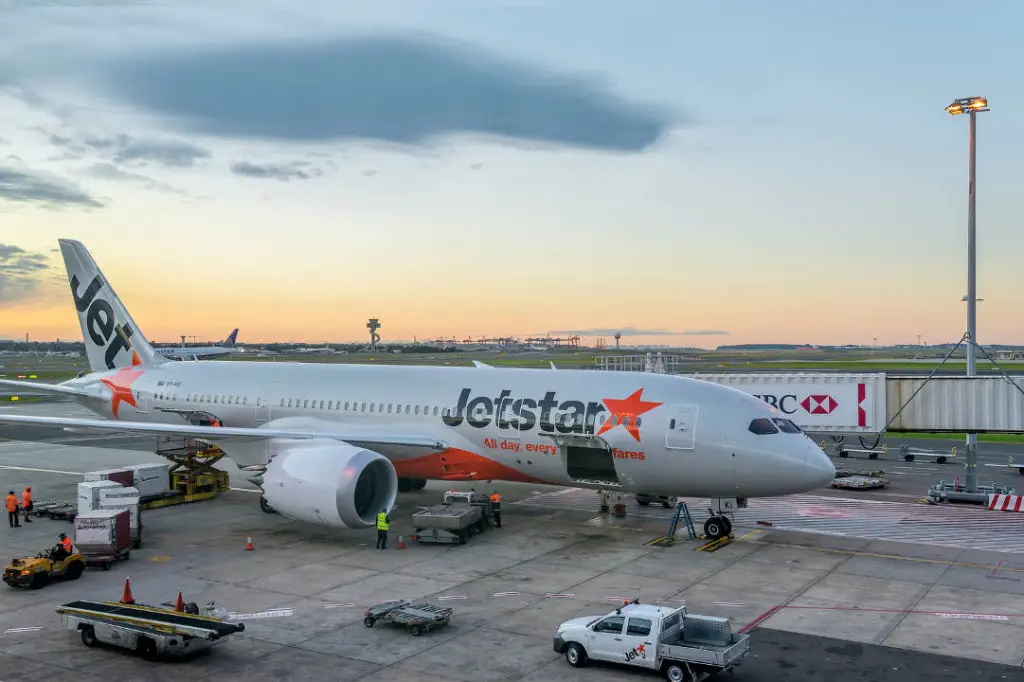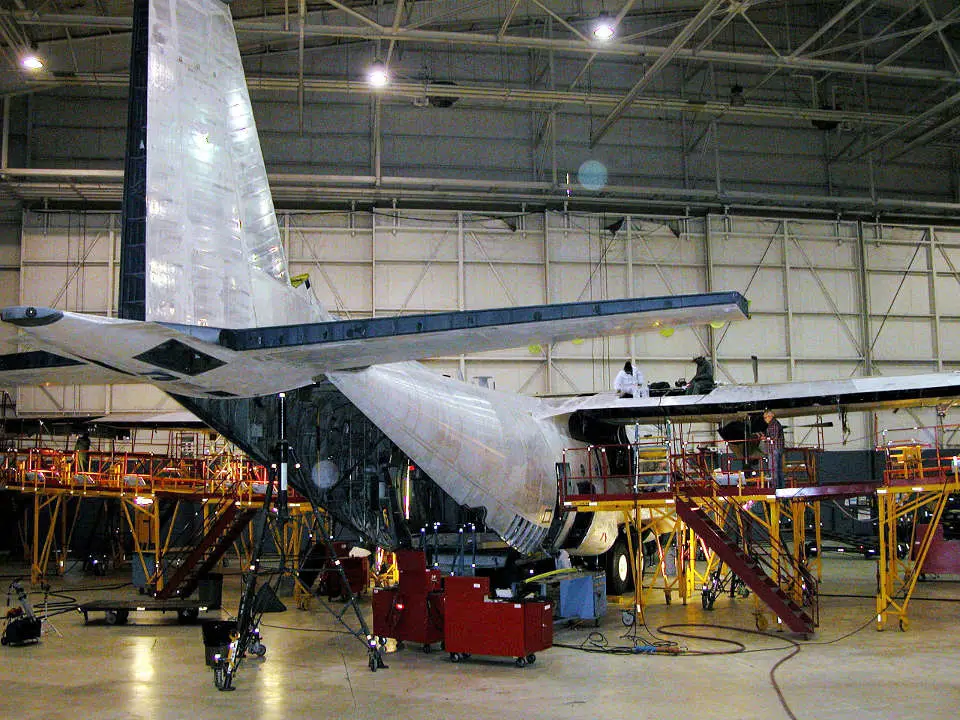
Importance of Airport Ground Handling Operations
Airport ground handling operations include the services that are provided to an aircraft between the time of its arrival, and departure for the next flight, and can be broadly classified as ‘terminal operations’ and ‘airside operations.’
Terminal operations include services such as baggage handling, passenger loading/unloading, transit passenger handling, security checks, and cargo handling. Airside operations include ramp services, on-ramp aircraft servicing, onboard services, and external ramp equipment.
- Ramp services include processes such as supervision, marshaling, start-up, moving/towing aircraft, and implementation of safety measures.
- On-ramp aircraft servicing includes routine and non-routine maintenance, refueling, checking of wheels, deicing, servicing of the toilet, supply of potable water, and cleaning of windows and nacelle.
- Onboard services include catering services, in-flight entertainment, cleaning, and other minor servicing of cabin fittings and seating configuration.
- External ramp equipment operations include passenger steps, cargo loaders, mail and equipment loading, and crew steps on all freight aircraft.
Ground Handling Service Providers
In general, ground handling services are either provided by the airport, the airline, or any other third-party ground handling company. An airline may choose to provide ground handling services itself, i.e., self-handling, or can contract another company to provide such services, i.e., a third-party company, which could be another airline providing such services or a dedicated ground handling service provider.
However, in general, all the necessary ground handling services are not provided by a single company but are usually split between a few of the service providers. For example, an airline handling the passenger services can contract the ramp services to other ground-handling service providers. Ground handling service providers include airport ground handling companies, independent operators, self-handling airlines, and third-party companies.
The ground handling tasks are very diverse and the operations are carried out simultaneously to decrease the aircraft’s ground time, hence increasing the ‘aircraft utilization rate’. Delays result in heavy losses and also might lead to compensation payments. Thus, time efficiency in ground operations is always a high priority.
This makes ground handling operations even more challenging as the efficiency of ground handling operations depends on coordination between various technological equipment, staff, and information support systems.
Importance of Efficient and Responsive Aircraft Ground Handling Services
Efficiency and responsiveness are important aspects of ground-handling operations. The aviation industry faces increased competition, a high volume of passenger and cargo traffic, and a price-sensitive market. Thus, speed of operations, efficiency, and accuracy are highly essential in ground handling operations to minimize aircraft turnaround time and handling costs.
Ground handling operations use specialized equipment to provide various services, and must be available as and when required to avoid delays. Also, different sets of activities have to be done in parallel at a set schedule and also in an orderly manner. For example, a few ground handling activities need to be performed as soon as the aircraft arrives at their parking stand, while some other procedures could be carried out at the time of departure.
These activities can be performed in sequence or might have a certain time gap, depending on the arrival and departing schedule of the particular aircraft. Such activities demand high coordination among all the involved parties and departments, as it has a very strict time constraint and a low tolerance for error.
Two of the important aspects dependent on the efficiency and responsiveness of ground handling operations are ‘aircraft turnaround time’ and ‘check-in quality’.
Aircraft Turnaround Time
Aircraft turnaround is the time during which the aircraft remain parked on the ground. In other words, it is the time between the arrival and departure, during which the necessary ground handling activities need to be carried out on an aircraft. It includes loading and unloading luggage, fueling of an aircraft, catering, cleaning, etc.
Since ground handling operations are carried out by various companies within a set interval of time, a high level of coordination has to be maintained between these service providers regarding the scheduling of tasks for each aircraft and also the use of service vehicles.
The duration of ground handling operation might also vary from one flight to another, and also depends on the aircraft type, volume of passengers/cargo, as well as external factors such as weather conditions at the airport. The uncertainties that might result due to external factors also need to be considered so as to maintain the efficiency and responsiveness of the ground handling operations.
To Ensure Check-in Quality
The passenger and baggage handling processes at the airports have improved a lot in the past decade along with the adoption of new technology and systems.
Self-service check-in is one such change, which was implemented to speed up the check-in process. A research study conducted at Singapore Changi Airport found that self-service check-in helps in the reduction of passenger and baggage check-in time. Passengers can now use the kiosks at the airports to check in for a flight, select a seat and also generate boarding passes and luggage tags.
However, all efficiency of these processes is dependent on terminal operations. Thus, efficient terminal operations are highly essential to streamline the airport passenger check-in process, and hence provide better service quality to enhance customer satisfaction.






